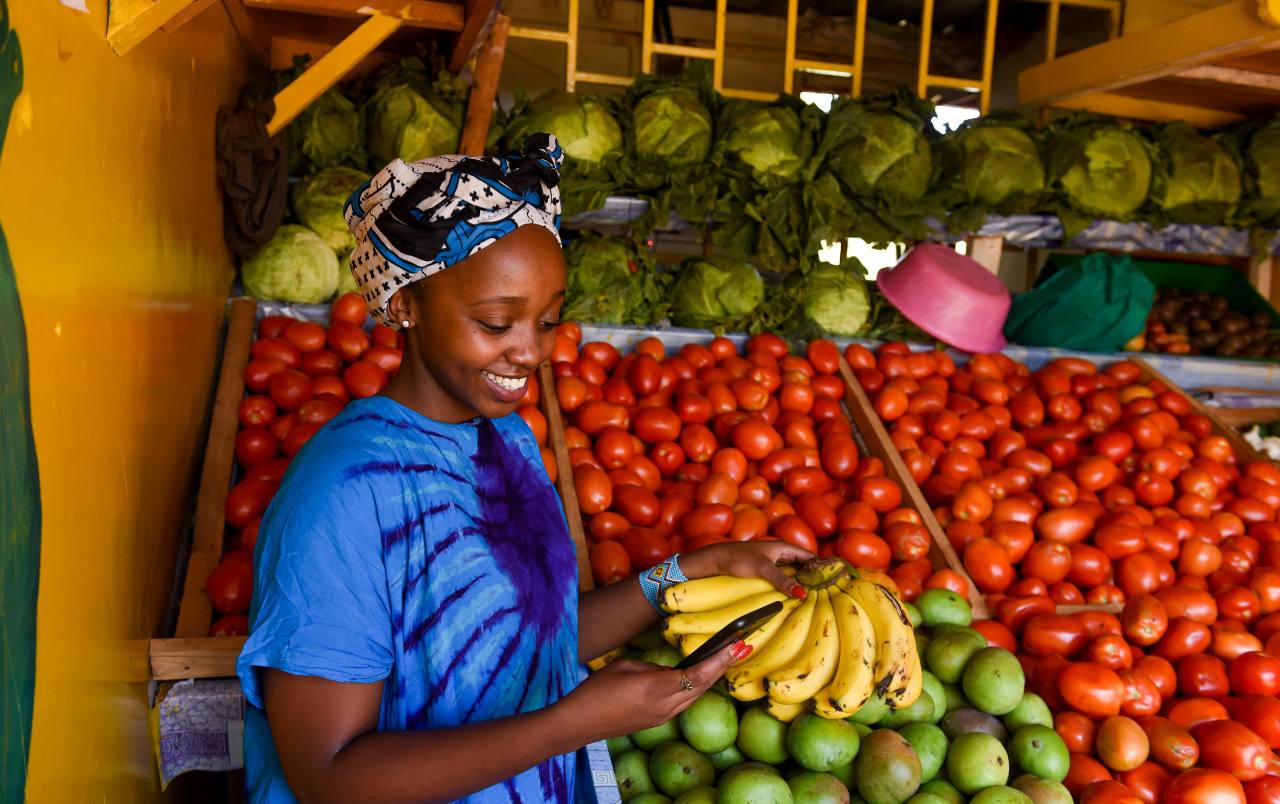The article examines Sri Lanka’s struggle to safeguard food and nutrition security amidst the ongoing economic crisis and outlines policy…
Global disruptions experienced in the past few years, including covid-19, the invasion of Russia in Ukraine, and the climate crisis, have affected food supplies globally. These threaten the achievement of SDG Goal 2, which seeks to end hunger, achieve food security and improved nutrition, and promote sustainable agriculture by 2030.
The recent disruptions have worsened Kenya’s food insecurity. But even before, food supply was already a concern. The Global Hunger Index 2019 reported that Kenya’s score declined from 23.2 in 2018 to 25.2, confirming that Kenya’s food insecurity is severe. The global hunger index (GHI) is a tool that measures and tracks hunger at global, regional, and national levels. It is calculated based on the values of four component indicators – malnutrition, child wasting, child stunting, and child mortality.
The government of Kenya has long made commitments through policy and budgetary interventions to reduce the problem. However, the economic crisis resulting from rising public debt, coupled with poor and short-sighted policies, has led to little to no progress in realising the commitments.
According to the 2022 global hunger index (GHI) report, Kenya ranked 94th out of 121 countries, clearly manifesting poor farming methods or fragile food systems. Kenya’s ranking reflects the consequences of the three consecutive below-average rainfall seasons. They significantly negatively impacted the country’s agricultural and pastoral areas. As a result, 3.1 million Kenyans were reported to be food insecure by February 2022.
A review of the GHI 2022 report reveals that Kenya’s index score of 23.5 is more than four times the score of Belarus, with the lowest hunger level at less than 5. Severe drought has threatened food and livestock production not only in Kenya but in the horn of Africa, causing scarcity and skyrocketing food prices. Adding to the problems are inflationary pressures, with wages not keeping pace with inflation and income losses due to the economic crisis. Out of the 47 counties in Kenya, ten were in a state of food crisis, and an additional 13 reported distress as of May 2022. If nothing is done, these counties will likely go into a state of emergency.
The lack of rainfall remains the main driver of food insecurity for households in marginal agricultural and pastoral counties. In contrast, for poor urban families, the impacts of Covid-19 control measures are the primary driver of food insecurity. Thus, homes are left in a difficult situation to reduce expenses, including cutting down on consumption expenditure. It is pushing families to resort to cheaper and unhealthy alternatives due to the inability to afford high-quality and nutritious food. The state of food security and nutrition in the world report published by FAO certifies this, with 81.1% of Kenyans unable to afford a healthy diet.
The poor are forced to reduce portion sizes or skip meals entirely as a coping mechanism. As a result, people are not meeting their required daily calorie intake. For children, underfeeding or poor feeding habits directly impact growth and increase the high rates of child malnutrition in the country. For adults, undernourishment suggests severe future strains on the healthcare system. Of the four indicators used in the global hunger index, Kenya’s scores have improved, except for undernourishment, which has worsened since 2010. Interventions to reverse this trend need to be enforced to reduce the negative effect of hunger on economic development, as seen in reduced productivity.
The government lifting the ban on the open cultivation of genetically modified crops and importing food crops and animal feeds is a desperate move to boost food security efforts. Yet, it is critical to ensure interventions are not based on knee-jerk reactions but on evidence of the best alternative policy. It is imperative that the government promptly takes corrective measures, coupled with medium to long-term initiatives that will ensure sustainable food production in the future. There is a need to intensify support to farmers whose farmland had been ravaged by locusts a few months back, as well as scale up the introduction of modern agricultural inputs to increase productivity and boost production levels. The private sector and the government must urgently work together to improve their climate mitigation and adaptation investments. The clear call is to reduce the occurrence of climate-related disasters such as drought and their consequences for the country’s food security.
Text editor: Gabriela Keseberg Dávalos


